Services
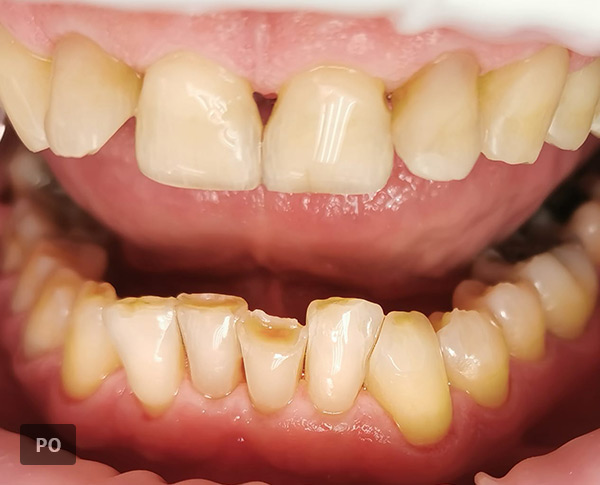
Dental Hygiene
Dental hygiene is not just a beautifying procedure, as most people believe, but it´s a preventive
medical act aimed at preventing the development of dental caries and periodontal diseases.
Together with preventive examination at the dentist, it´s one of the cornerstones of oral health. An
integral part of dental hygiene is the evaluation of the condition of the oral cavity, the assessment of
a treatment plan, the removal of tartar, pigmentations and determinating of suitable care and
brushing techniques individually for each patient.

Teeth whitening
We perform teeth whitening using the PureWhitening method. This is a very gentle system.
Bleaching molecules penetrate the natural pores in the enamel into the deeper layers of the tooth,
where they attack the pigment molecules that decompose. This achieves a lasting whitening result
without damaging the tooth's own tissues. Whitening can be home-whitening (with a lighter initial
tooth color) or combined-whitening (for darker initial shades). The final shade for combined
whitening is achieved by a combination of the office and home phase. During the office phase, a
higher concentration gel is applied to the teeth and then the patient continues to whiten at home
with lower concentrations. The suitability of whitening must first be assessed by a doctor or dental
hygienist. They will also recommend which type of whitening is suitable for the patient. If bleaching is
recommended, it is possible to make impressions immediately at the same visit. According to them
we make custom made foils for each patient to achieve absolute accuracy. The results of bleeching
are obtained also by freshly mixed bleeching gels for each patient. In this way, we can guarantee
maximum efficiency.
It is necessary to keep in mind that prosthetic works (crowns, bridges, onlays) and fillings are not
bleached during the whitening proces. If they are in the visible portion of the dentition, it is likely
that they will need to be remade after whitening. Bleaching is only suitable for patients with a
satisfactory level of oral hygiene and healthy gums.
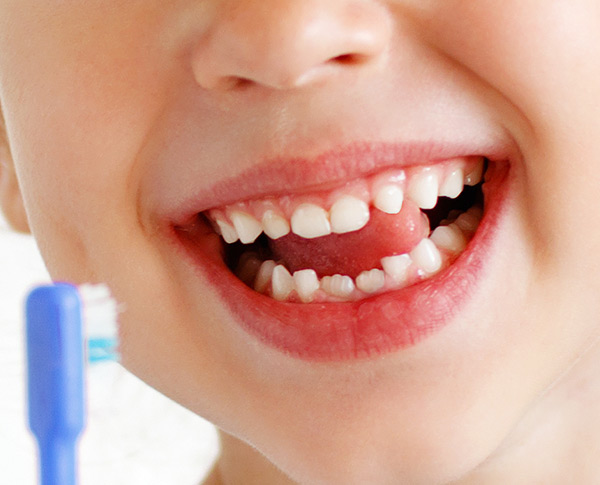
Treatment of pediatric patients
The first visit to the dentist should also be associated with the appearance of the first tooth. The child
gets used to the fact that the teeth are regularly checked and will not be afraid of the dentist. The
dentist checks for correct eruption of teeth, frenulum attachments, mucosal diseases, orthodontic
disorders, recommends suitable tools for dental care and teaches parents how to properly clean their
children´s teeth. Thanks to a kind and friendly approach, we gain the trust of the child and thus
eliminate the future fear of dental treatment.
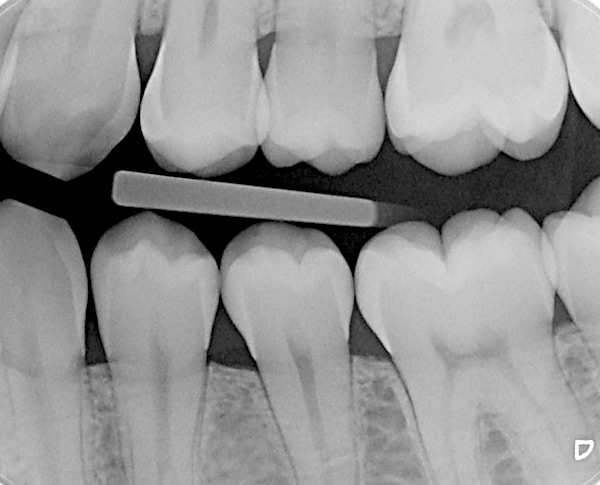
Preventive care
Prevention is crutial for oral health. Our goal is to prevent problems and, if they do occur, to detect
them in time and prevent major damage. The patient should undergo a preventive examination
every 6 months. Part of the prevention is the examination of mucosa of the oral cavity, salivary
glands, throat, tongue and, of course, teeth. An integral part is an X-ray examination, which is
necessary to detect caries in the interdental spaces, caries under fillings, evaluation of the condition
of root canal treatment, position of wisdom teeth, etc. It is also necessary to detect various
pathological processes and malignities in the jaws bones. Thanks to a modern digital imaging system,
radiation doses are absolutely insignificant and the examination is thus completely safe for the
patient.
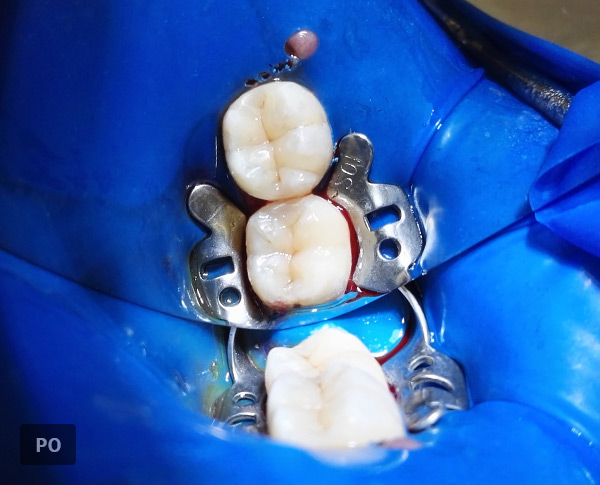
Caries management
Photocomposite fillings (white fillings) represent the most aesthetic variant of directly made fillings.
By following the correct procedure, for example using Kofferdam isolation foil and choosing a
suitable shade, the filling can be made with a color almost identical to the tooth itself. Therefore,
photocomposite materials have become irreplaceable, especially in the treatment of dental caries,
but also other defects such as traumatic cervical defects or hard tissue defects due to injury. We
always perform the treatment using local anesthesia so that it is as pleasant as possible for the
patient and he doesn´t have to be scared of the treatment.
Endodontical treatment (Root canal treatment)
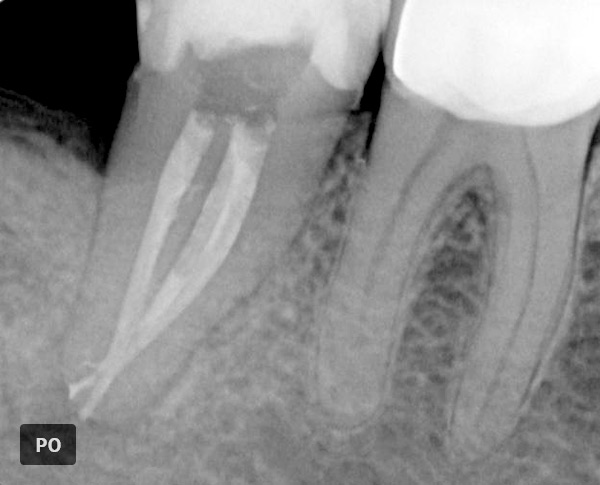
Endodontics
or root canal treatment, is necessary in cases where the dental pulp infection has occurred (e.g.,
deep caries). This infected tissue must be removed as soon as possible to prevent further spread of
the infection. It is necessary to carefully disinfect the root canals, fill the space created and
reconstruct the supragingival part of the tooth. This treatment is in some cases two-phase. If the
treatment is complicated, it is necessary to first apply the medicinal paste and the final filling is
performed at the second visit.
Reendodontic treatment
is the treatment of a tooth where the root canals have been treated before, but the treatment has
not been successful. The most common reason for failure is imperfect disinfection of the canal
before filling or leaving the untreated canal or part of it. During reendodontic treatment, it is
necessary to completely remove all filling materials from the tooth, find all the canals, make them
accessible to the very end of the root, remove the infected tissues, carefully disinfect the canals and
hermetically close them.
Each endodontically treated tooth must be provided with prosthetic work (crown, onlay…). These
dead teeth are more fragile and weak and are at risk of cracking. Prosthetic work protects them from
cracking and reconstructs them functionally and aesthetically.
Prosthetics
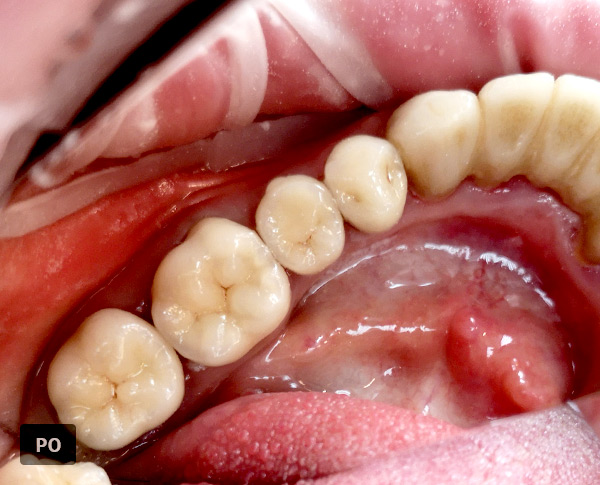
Composite and ceramic onlays and overlays
These prosthetic works are used in case of loss of a larger amount of hard dental tissues, when the crown of the tooth is not yet completely destroyed, but already requires more extensive
reconstruction. Preparation for onlays and overlays is more gentle on dental tissues than the crown, because it replaces only the occlusal surface and lost tooth tissues. They are made according to the impressons in the dental laboratory, where the work is made by a dental technician. Two visits are needed – in the first visit the tooth is prepared and impressions are made and in the second visit we settle the work in the mouth.

Crowns and bridges
Crowns are made in cases where a large part of the tooth has been lost and it´s not possible to
permanently reconstruct the tooth with a filling or in another way. The crown forms a kind of cover of the tooth and restores its functionality and aesthetics. Bridges are made when it´s necessary to replace one or more lost teeth and tooth replacement cannot be achieved with an implant. The bridge is placed on the teeth bordering the gap. However neighboring teeth must be adjusted in advance so that the bridge can be placed in the mouth. Fabrication is again in the laboratory according to the impressions or intraoral scans.
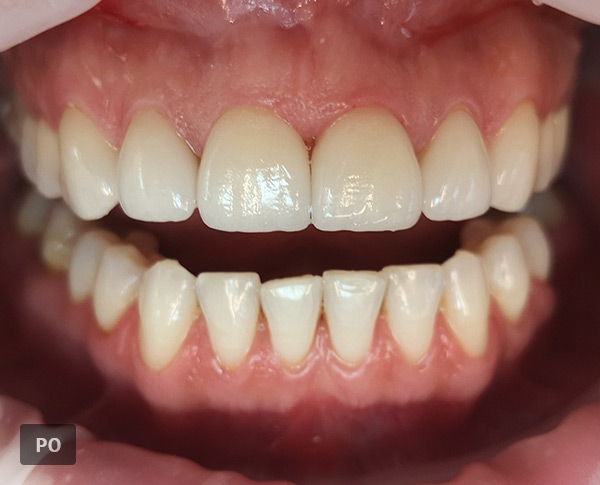
Ceramic veneers
Ceramic veneers are thin slices of ceramics made in the dental laboratory, which serve mainly to improve the aesthetics of the visible section of the patient's teeth. There are two types of veneers – preparatory, when it is necessary to intervene in the tooth to a minimum, and unpreparation, when the tooth remains intact. The appropriate type of veneers is determined by the conditions in the patient's mouth. In both cases, it is mini-invasive and at the same time durable reatment with a great aesthetic result.
Removable dentures
In the cases that teeth are lost and cannot be replaced by a fix solution, we replace teeth with a removable replacement – a denture. There are many types of removable dentures and the choice of a suitable type is very individual. It depends mainly on the condition of the remaining teeth, the alveolar bone and the patient's bite conditions. The patient takes off these dentures for the night.
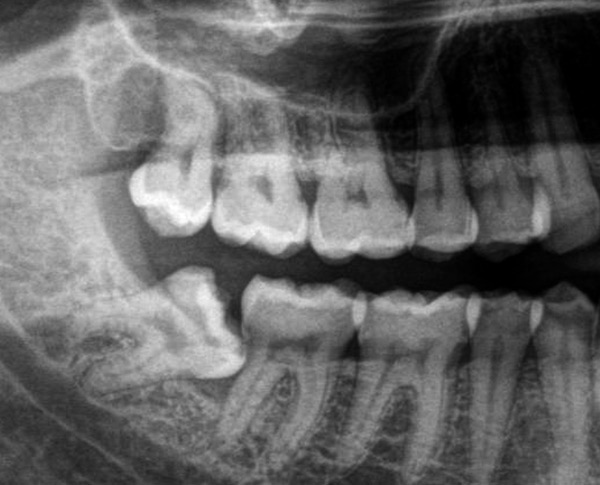
Stomatosurgery
If the tooth is in unfavorable position in jaw and needs to be pulled out, it is good to entrust it to a
specialist – a dental surgeon. Many complications can be avoided in the future. In the case of
complicated situations, a CT image of the jaws is taken, where the dental surgeon sees on 3D
visualization the exact placement of all structures that are important for the procedure. The
treatment takes place under local anesthesia, so the whole procedure is completely painless for the
patient and the patient can go home immediately after the procedure. After the procedure, the
patient leaves with a printed instructions of the subsequent regime.
Dental implants
A dental implant completely replaces a previously lost tooth, without having to interfere with
neighboring healthy teeth. It is an artificial root, most often made of titanium or its alloys. After the
ssubgingival part of the implant has healed into the bone, a prosthetic part is made, which is most
often a ceramic crown or bridge. However, a structure used to fasten a removable denture can also
be made on several implants. The implant offers a full-fledged and long-term solution to dental
defects caused by multiple or even complete loss of teeth.